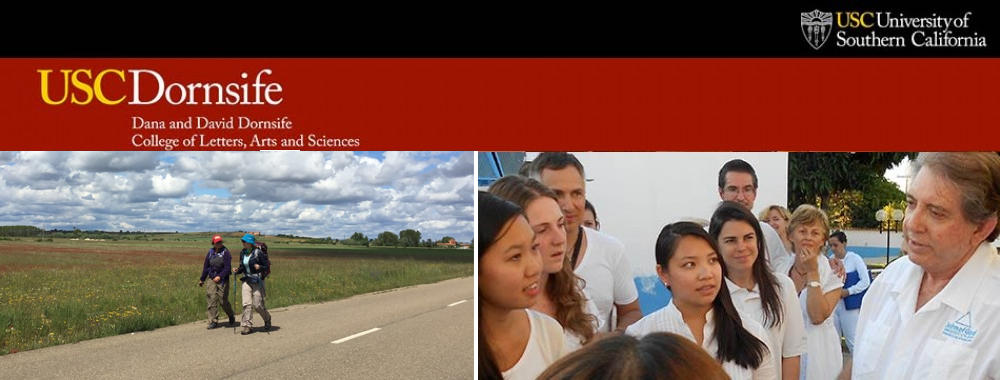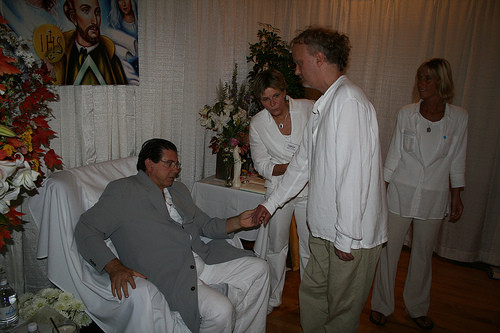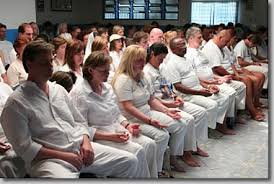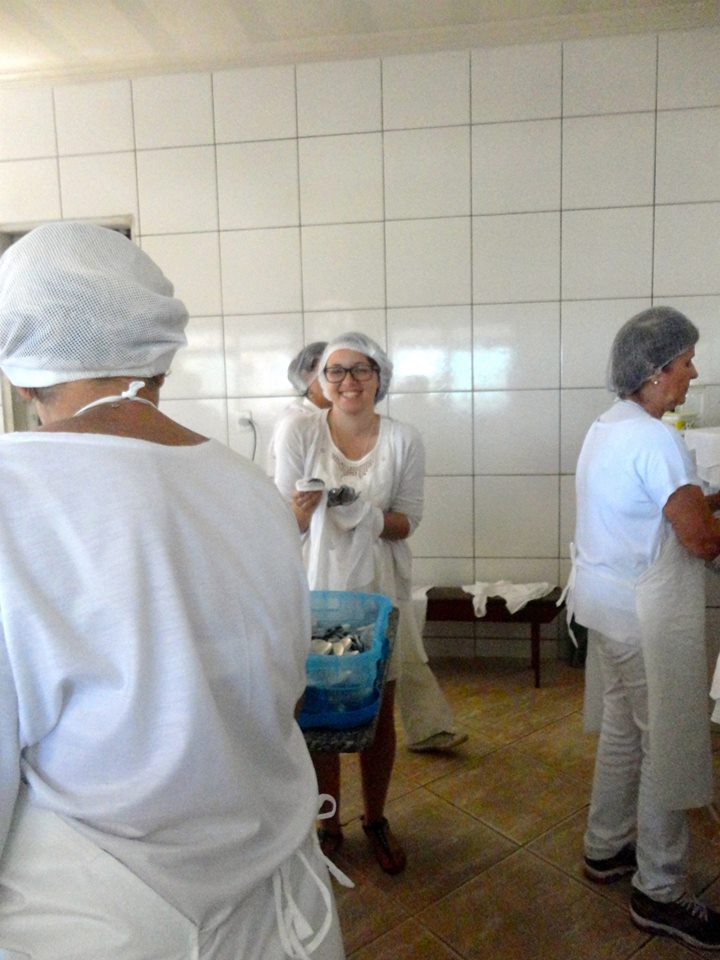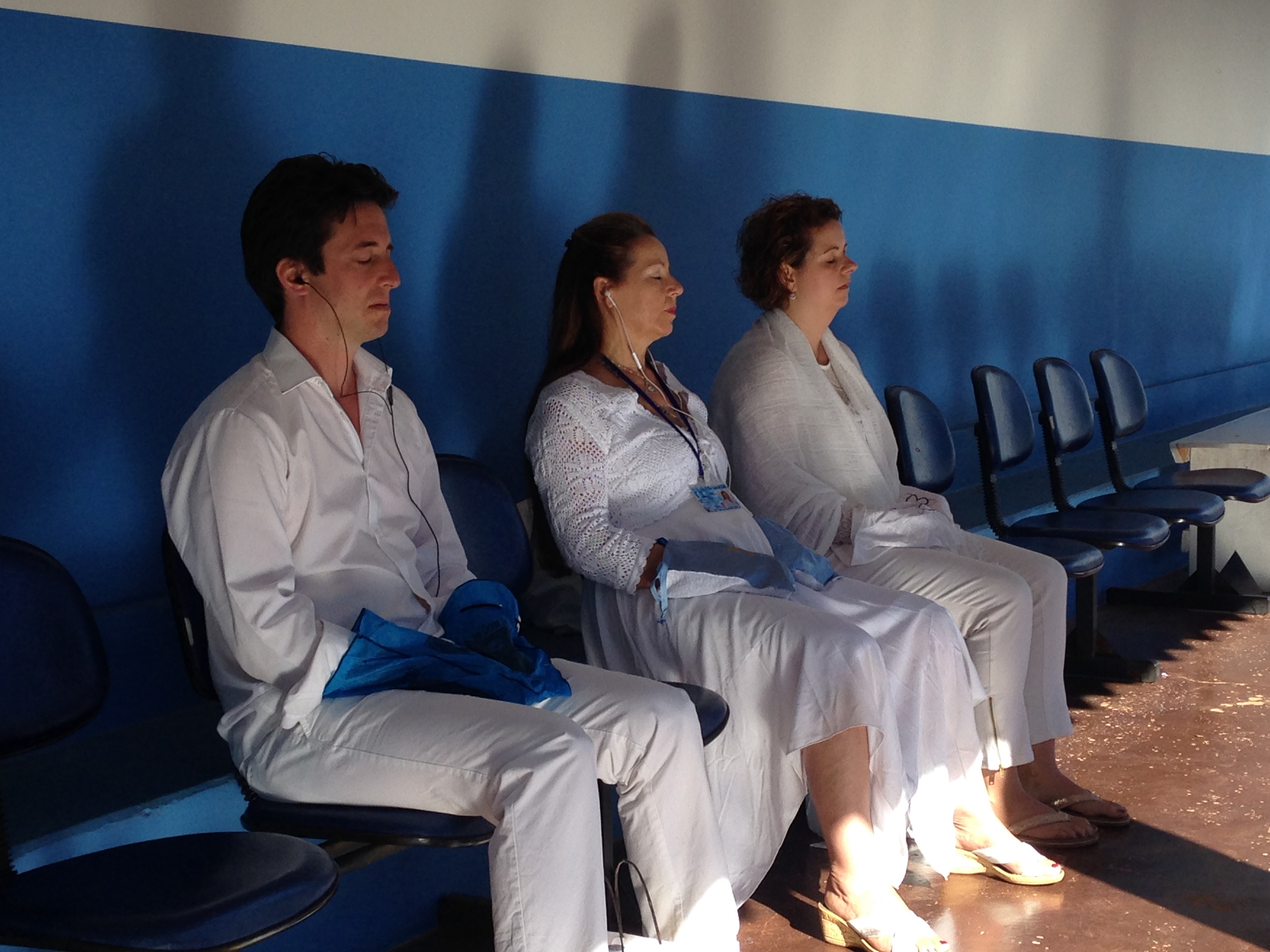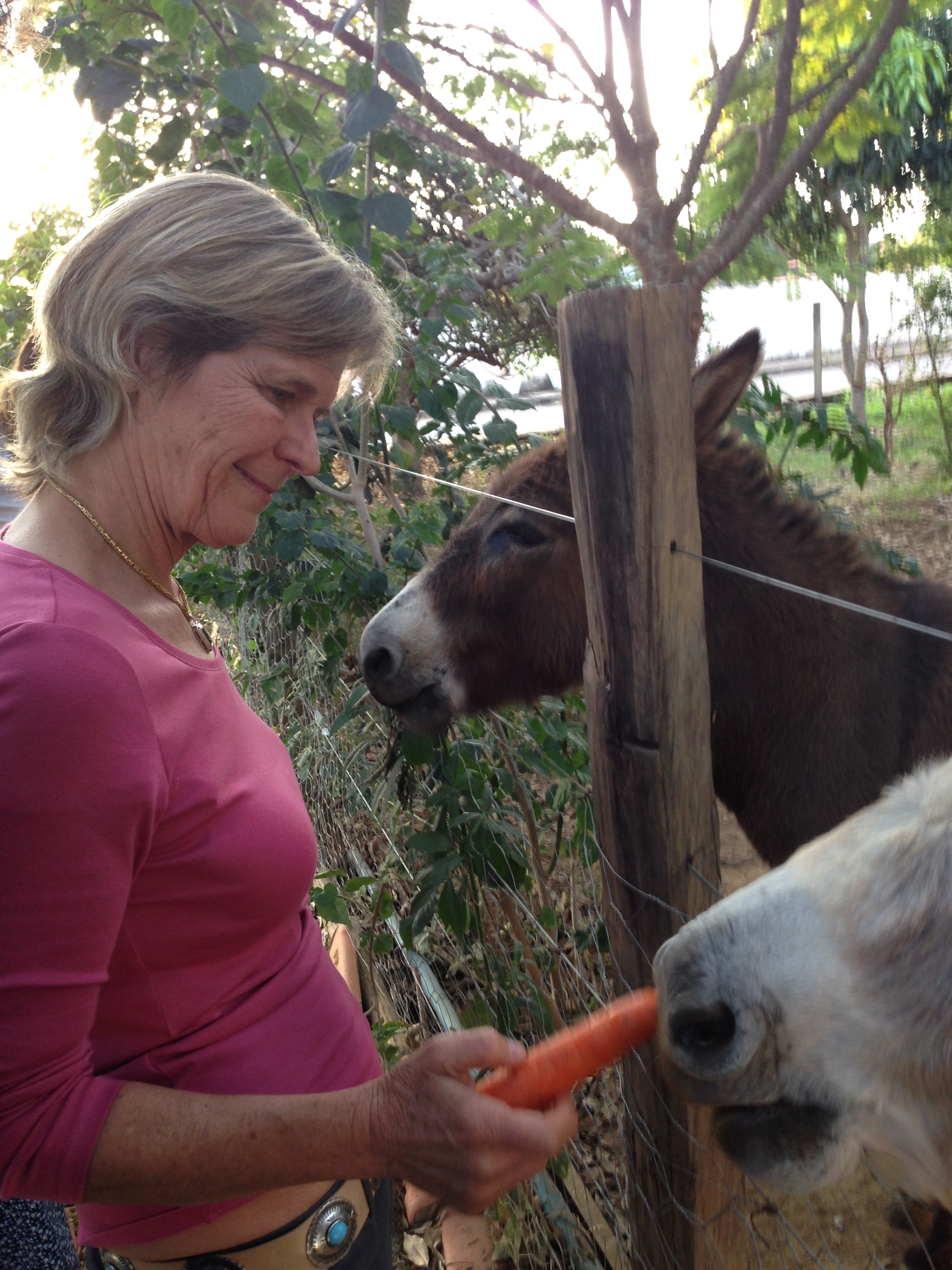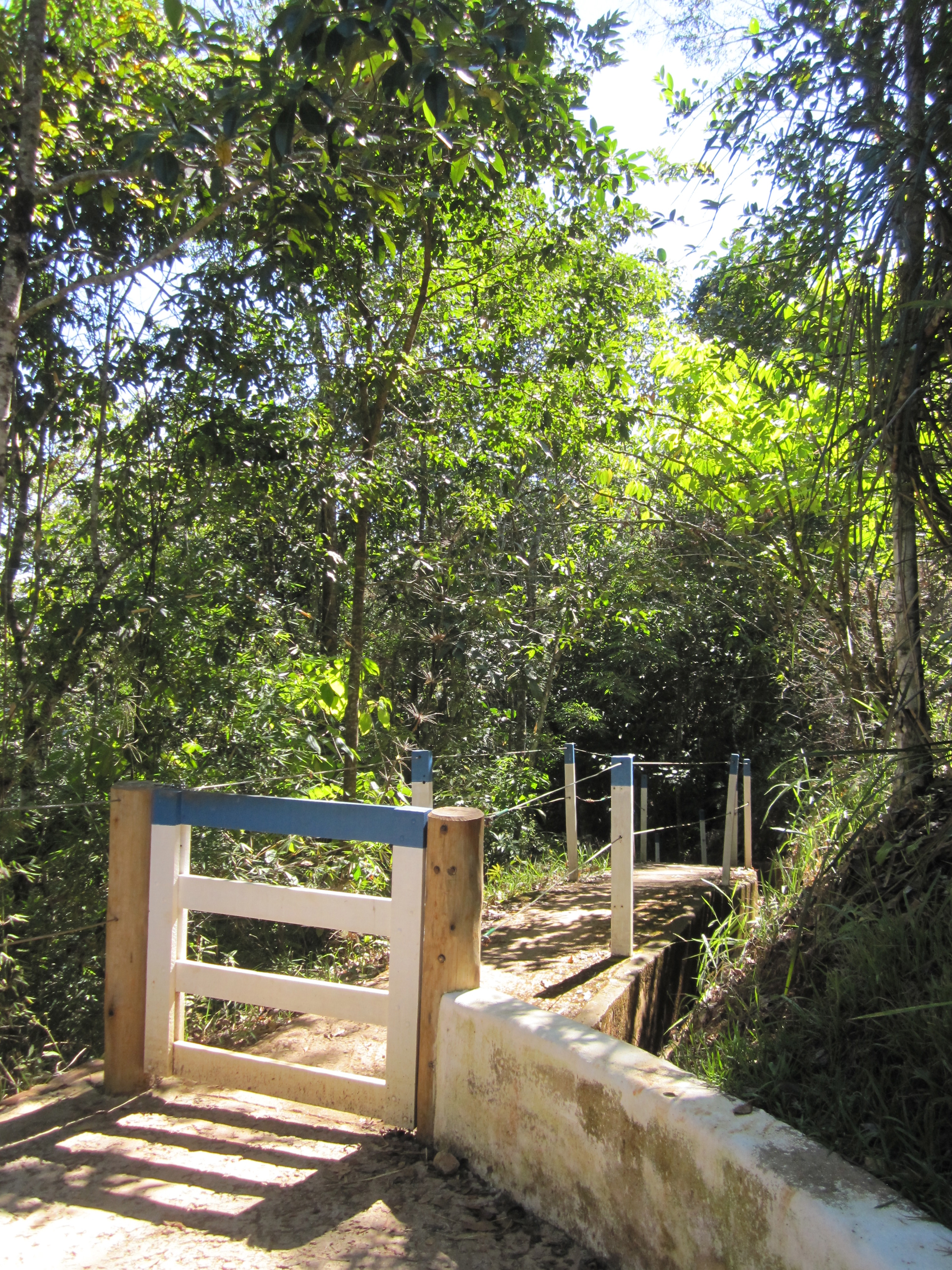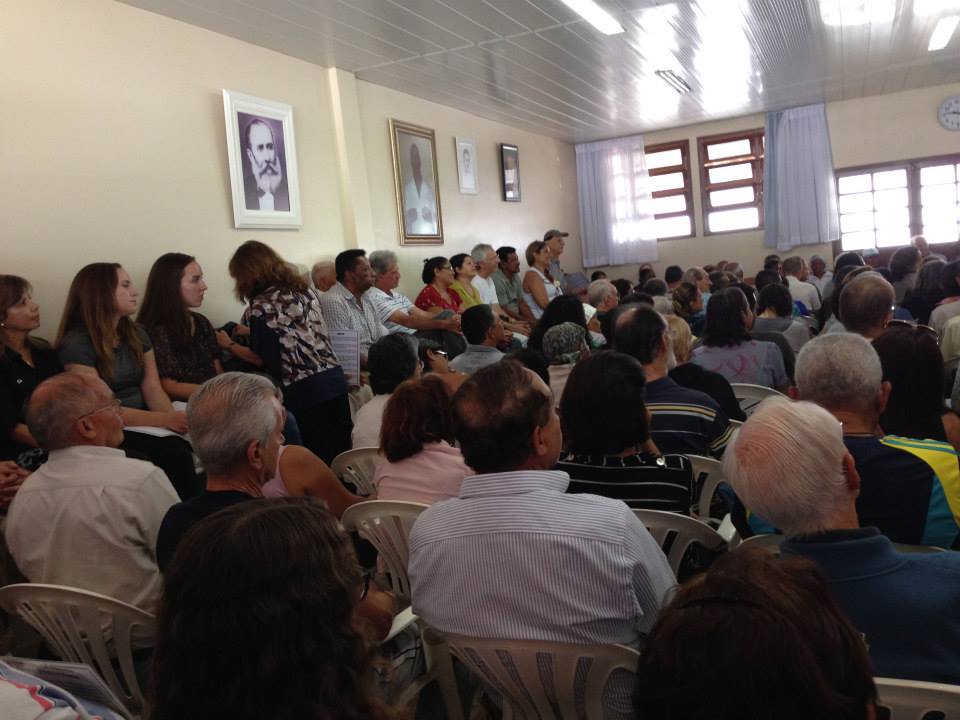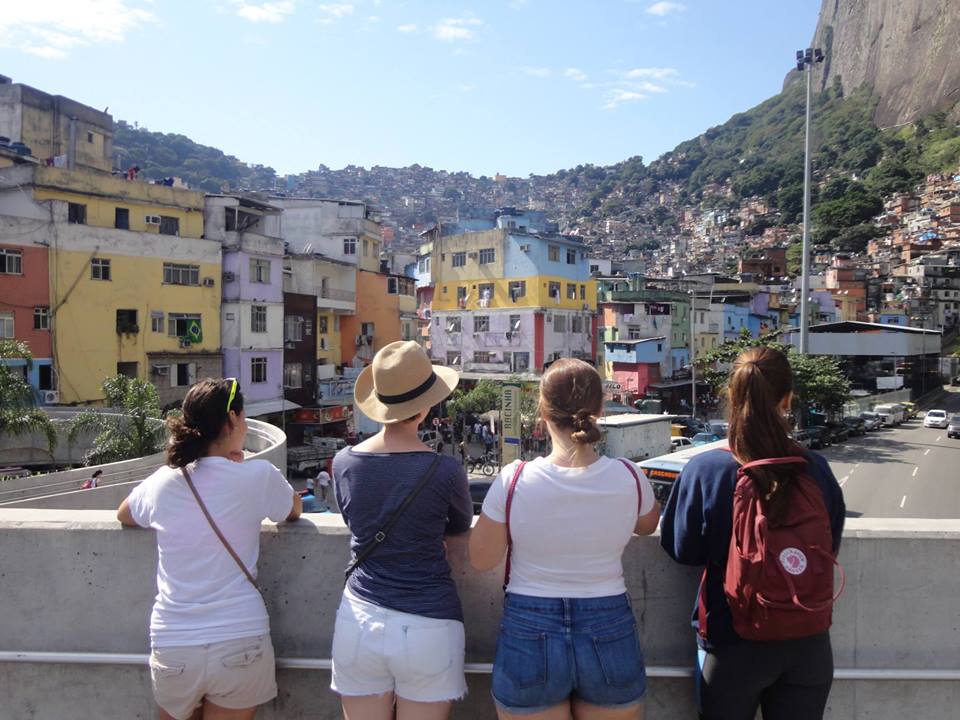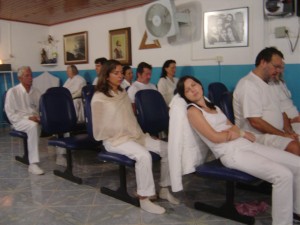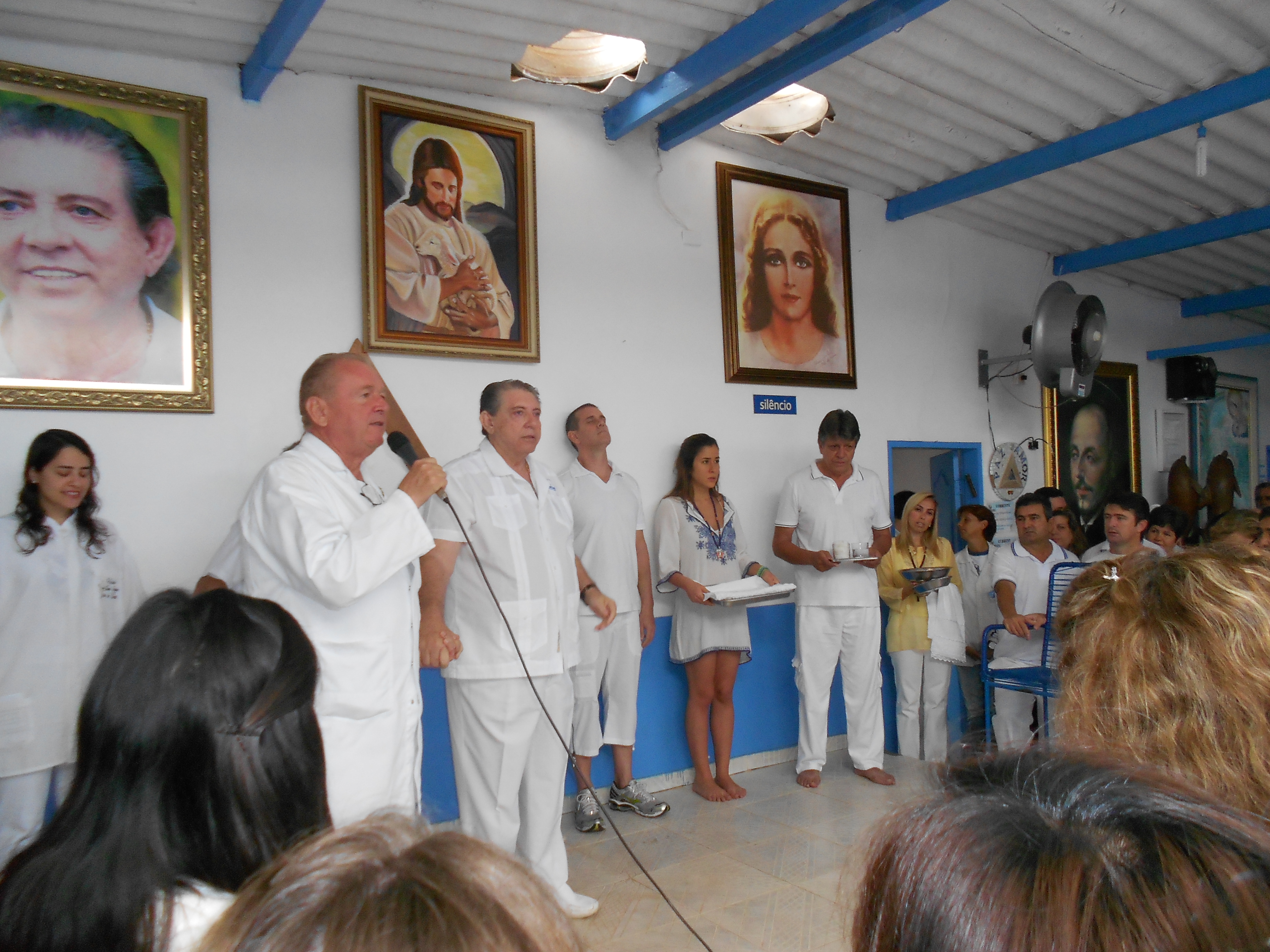By Grace Huang
I once again apprehensively got in the 2nd Vez (2nd time) line to see John of God with my request for help. Having gotten to the Casa late this particular afternoon, I was unable to translate the intention I had initially wanted into Portuguese. Instead, I tightly wrapped my hand around the folded piece of paper containing one word—AMOR. Scribbled briefly in between the crease, it was the only word of three I knew that I felt was applicable to my life. The other two, fé (faith) and caridad (charity), together with love formed the symbolic triangle representing the Casa and the Trinity.

Prayers are placed in the triangle for the Entities.
The triangle sides stand for faith, love and charity.
As the line moved into the 1st room, known as the medium’s current room, I prayed to the Entities that they heard my request. Over and over I repeated it in my head until I was near the front of the line where the translator stood ready to deliver my request in Portuguese to Medium Joáo.
There, a petite young Brazilian woman, read my paper, turned to me, smiling, verifying that amor was what I was truly asking for.
When I replied yes, she asked, “Give or Receive?” for clarification.
“Both, of course.” Not realizing that it was an extremely vague request.
Her smile grew even wider as she then presented my question to Medium Joáo. Though apparently he had a couple of questions of his own.
“Where are you from?” he first asked.
“California.” I replied for the second time. For he had already asked the same thing last time I went through the second time line.
“How are old are you?” he inquired almost gleaming.
“19. No wait, 20!” I almost screamed, realizing a moment later that I had just had my birthday earlier in the week.
“Ah. Well, what do you do?” He wanted to know.
“I’m a student.”
Almost in a mocking voice, he responded with, “Well, why didn’t you ask for help with your studies?!” Shocked with his willingness to joke around while maintaining a serious expression, I hastily replied the first thing that came to mind.
“Uhhh, well, uhhh, I am already good at that!”
The translator chose this exact moment to cheerfully laugh at our exchange, giving me the treatment John of God had prescribed to me—“current.”
She then led me to a chair where I would sit and meditate with my eyes closed for the next couple of hours. Interestingly, she pointed to a particular type of seating described to me earlier as exclusively for the Mediums. Confused yet unwilling to question it, I stood in front of this well-crafted wooden chair covered with a white lace cushion vertically aligned from head to toe. Then, I slowly turned around and sank into a surprisingly soft cushion. I immediately and rather gratefully realized that this was about to be a much more pleasant current than my first time around. Instead of trying to find a comfortable position on a hard wooden church bench, I found my mind wandering to what I had actually asked for.
It first brought me back to a week earlier when we had undergone orientation with Diego, a guide. He explained that the types of requests for John of God should not be causes but treatments and solutions. Rather then dwell on petty matters, we should focus on what one thing we truly want and ask for that. But what did I truly want?
The only thing I could come up with came from a fellow participant I had met at orientation, Bob. He told us about a book titled How to Get What You Really, Really, Really, Really Want Out of Life that described four key components necessary to achieving your goal. Love seemed to summarize for me what each of these people had advised. I wanted help with finding ways to equally give and receive love from both family and friends so that I could live a happy and fulfilling life. Now, how exactly I was going to do that was not apparent but at least I knew what direction I was heading in and what goal I was trying to achieve. I then proceeded to sleep for the next several hours and woke up later to the ending prayer and a brief testimonial. Afterwards, everyone proceeded to get up and drink a blessed cup of water before heading out to continue the day.
I had done this current treatment three times out of my two week stay at the Casa. Some people stay in current for a year or two trying to receive healing from the Entities through mediation and prayer. Although I do not believe physical healing is happening, there is something to be said of taking some silent time to spend with your own thoughts.
